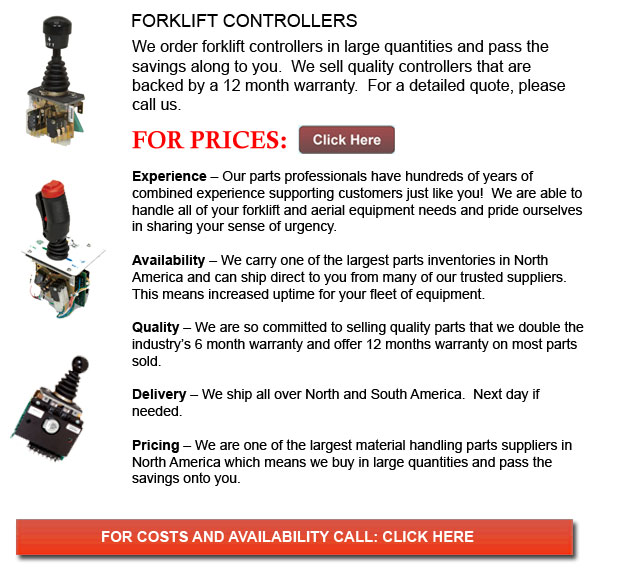
Controllers for Forklift - Lift trucks are available in many different units that have different load capacities. Nearly all standard lift trucks utilized in warehouse settings have load capacities of one to five tons. Larger scale models are utilized for heavier loads, like loading shipping containers, could have up to 50 tons lift capacity.
The operator could use a control in order to raise and lower the forks, which can also be called "blades or tines". The operator of the forklift could tilt the mast in order to compensate for a heavy loads tendency to tilt the blades downward. Tilt provides an ability to work on bumpy surface as well. There are yearly contests intended for skillful lift truck operators to compete in timed challenges as well as obstacle courses at regional lift truck rodeo events.
All forklifts are rated for safety. There is a particular load maximum and a specified forward center of gravity. This essential information is provided by the maker and located on the nameplate. It is important cargo do not exceed these specifications. It is illegal in numerous jurisdictions to interfere with or take out the nameplate without obtaining consent from the lift truck manufacturer.
Most lift trucks have rear-wheel steering in order to improve maneuverability inside tight cornering situations and confined spaces. This particular kind of steering varies from a drivers' initial experience along with various motor vehicles. Because there is no caster action while steering, it is no essential to use steering force in order to maintain a continuous rate of turn.
Instability is another unique characteristic of lift truck operation. A constantly varying centre of gravity occurs with every movement of the load amid the forklift and the load and they have to be considered a unit during utilization. A lift truck with a raised load has gravitational and centrifugal forces that can converge to lead to a disastrous tipping mishap. In order to prevent this possibility, a lift truck should never negotiate a turn at speed with its load raised.
Forklifts are carefully made with a cargo limit intended for the tines. This limit is lowered with undercutting of the load, that means the load does not butt against the fork "L," and likewise lessens with blade elevation. Normally, a loading plate to consult for loading reference is placed on the lift truck. It is dangerous to make use of a forklift as a personnel lift without first fitting it with specific safety devices like for instance a "cage" or "cherry picker."
Lift truck utilize in distribution centers and warehouses
Important for any distribution center or warehouse, the lift truck needs to have a safe surroundings in which to accommodate their safe and efficient movement. With Drive-In/Drive-Thru Racking, a lift truck needs to travel within a storage bay which is multiple pallet positions deep to put down or take a pallet. Operators are usually guided into the bay through rails on the floor and the pallet is placed on cantilevered arms or rails. These confined manoeuvres require expert operators to be able to do the job efficiently and safely. As each pallet needs the truck to go in the storage structure, damage done here is more common than with different kinds of storage. If designing a drive-in system, considering the dimensions of the fork truck, along with overall width and mast width, must be well thought out in order to be sure all aspects of a safe and effective storage facility.
![]() Click to Download the pdf
Click to Download the pdf
Forklift Parts
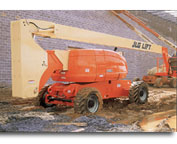
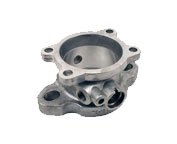
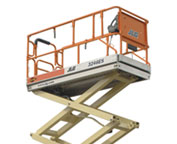
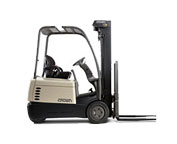
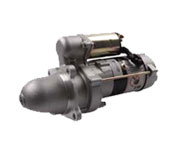
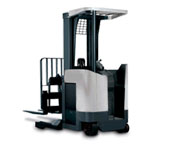
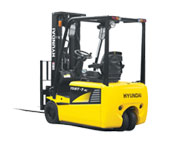
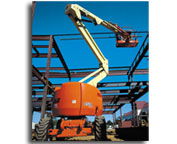
Lift Parts Express
TOLL FREE: 1-888-695-7994
LOCAL: 805-309-2395
1534 N MOORPARK RD 266
Thousand Oaks, California
forkliftpartsthousandoaks.com
Email Us
About Us


